Table of Contents
Context: Nearly 7 lakh Olive Ridley turtles nested at the Rushikulya rookery in Odisha’s Ganjam district between February 16 and February 25, 2025. This marks a strong comeback after the absence of mass nesting in 2024.
About Olive Ridley Turtles
- They are the 2nd smallest and most abundant of all sea turtles found in the world.
- Smallest sea turtle in the world: Kemp’s ridley sea turtle.
- Largest Sea turtle: Leatherback Turtle
- It gets its name from the olive-green colouration of its carapace (shell).
- Distribution: Mainly found in warm waters of the Pacific, Atlantic and Indian Oceans.
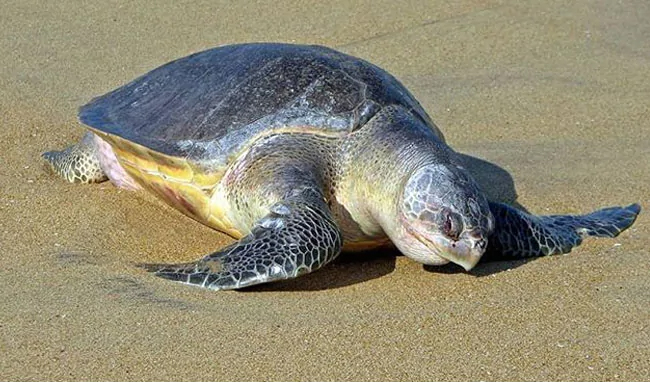
Features
- They are known for unique arribadas (synchronised mass nestings), where thousands of females come together on the same beach to lay eggs.
- Females nest every year and produce up to 100 eggs.
- Males and females grow to the same size, but females have a slightly more rounded carapace.
- They are omnivorous, meaning they feed on both plants and animals.
Major Sites in India
- Gahirmatha Marine Sanctuary: Located in the Kendrapara district of Odisha, this is the world’s largest nesting site for olive ridley turtles.
- Rushikulya Beach: Located in the Ganjam district of Odisha. The mouth of the Rushikulya River is the 2nd largest nesting site for olive ridley turtles in India.
- Velas Beach, Versova Beach & Tarkli Beach (Maharashtra)
Conservation Status
- IUCN Red List: Vulnerable
- Wildlife Protection Act, 1972: Schedule 1
- CITES: Appendix I
Arribada – The Unique Mass Nesting Phenomenon
- Arribada (Spanish for ‘arrival’) refers to the synchronized mass nesting of thousands of female turtles.
- Unique to the genus Lepidochelys, which includes Olive Ridley and Kemp’s Ridley turtles.
- Over 600,000 females emerge in 5-7 days to lay eggs during arribada.
Nesting Process
- Turtles dig conical nests (1.5 feet deep) using their hind flippers.
- Eggs take about 50 days to hatch.
Global Arribada Sites
- Largest: Odisha, India – Rushikulya & Gahirmatha rookeries.
- Other major sites: Mexico and Costa Rica.
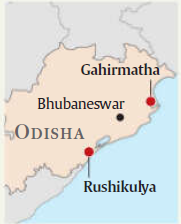
| Why is Odisha’s Coast Ideal for Mass Nesting? |
|

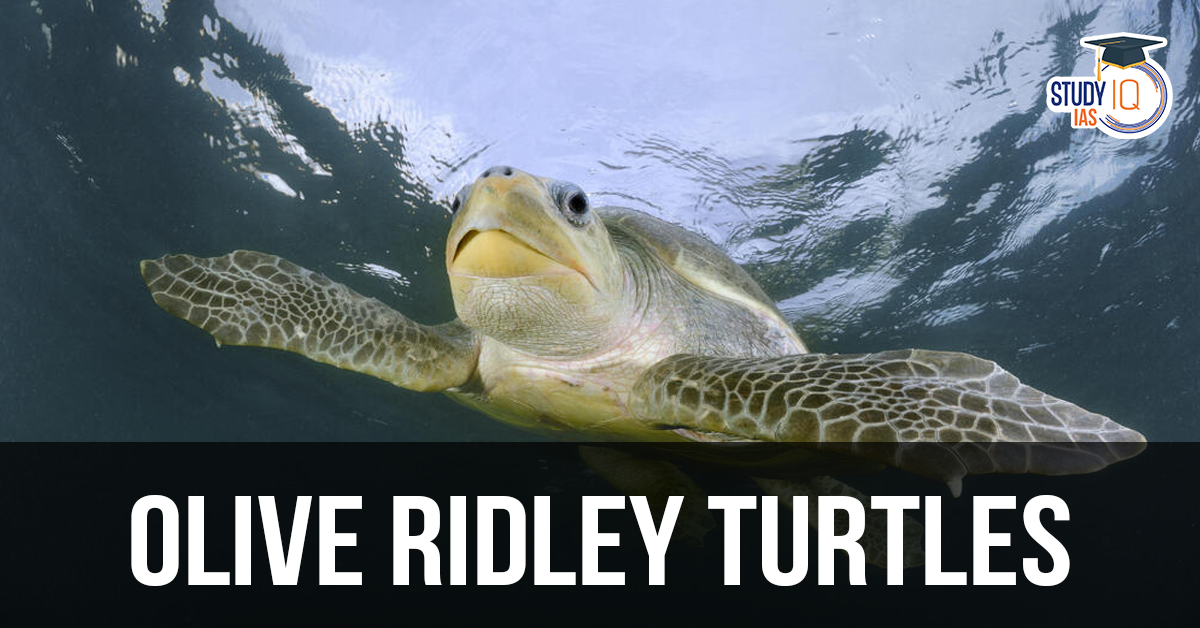
 Bonnet Macaques: Habitat, Features, Beha...
Bonnet Macaques: Habitat, Features, Beha...
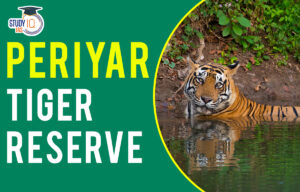 Periyar Tiger Reserve, Map, Flora, Fauna...
Periyar Tiger Reserve, Map, Flora, Fauna...
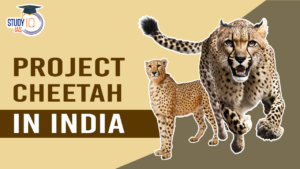 Project Cheetah in India, Objectives, Ch...
Project Cheetah in India, Objectives, Ch...

























